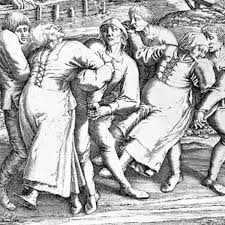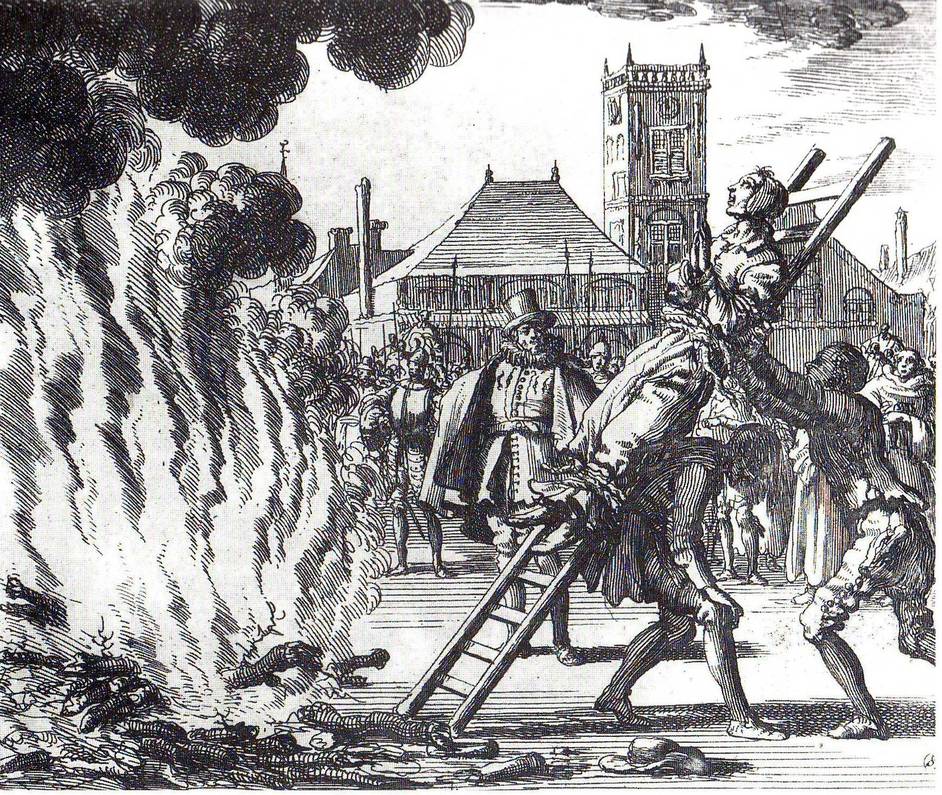Lesson 2 - Historical Perspectives of Abnormal Behaviour
Historical Perspectives
Chung Ching, Paracelsus and Johann Meyer
China also fared better than the Western countries with respect to its view of mental illness - especially during the “Dark  Ages”. Chung Ching, a medical man very much like Hippocrates, based his views of both physical and mental disorders on clinical observations and believed that stressful psychological conditions could cause organ pathology (physical illness). He, too, believed in emotional balance and the concepts of Yin and Yang. As for the Western countries, most medical men (women were not permitted to become physicians at this time) of the Middle Ages (around A.D. 500-1500) used rather inhumane treatment methods relating also to the notion that disturbed individuals were sinful and/or possessed with spirits.
Ages”. Chung Ching, a medical man very much like Hippocrates, based his views of both physical and mental disorders on clinical observations and believed that stressful psychological conditions could cause organ pathology (physical illness). He, too, believed in emotional balance and the concepts of Yin and Yang. As for the Western countries, most medical men (women were not permitted to become physicians at this time) of the Middle Ages (around A.D. 500-1500) used rather inhumane treatment methods relating also to the notion that disturbed individuals were sinful and/or possessed with spirits.
 Mass madness also was prevalent in Europe during the Middle Ages. This was a form of unusual group behaviour where people would dance and jump around in the streets. Some scholars of the time believed that people had been bitten by tarantulas. This dancing, known as tarantism or St. Vitus’s dance, was thought to be a release from the stress of the times. People felt insecure and discontented -- especially during the time of the catastrophic epidemic known as the Black Death. (During the time of the Black Death almost one third of the population of Europe perished.)
Mass madness also was prevalent in Europe during the Middle Ages. This was a form of unusual group behaviour where people would dance and jump around in the streets. Some scholars of the time believed that people had been bitten by tarantulas. This dancing, known as tarantism or St. Vitus’s dance, was thought to be a release from the stress of the times. People felt insecure and discontented -- especially during the time of the catastrophic epidemic known as the Black Death. (During the time of the Black Death almost one third of the population of Europe perished.)
Mass disorders have been documented throughout history. More recent occurrences include the 1979 example of elementary school children in Massachusetts (US) who, while at the final assembly of the year, had symptoms of dizziness, nausea, headache, and chills. Health officials found no apparent cause, but psychiatrists suggested that the stress involved with graduation and the parting of friends may have caused the mass hysteria. Another example involved West Bank Palestinian school girls who developed similar mysterious physical symptoms in spring of 1983. Originally the thought was that they had been poisoned; later thought indicated that psychological stress played an important role in the manifestation of their symptoms. 
Witch hunts were prevalent in Europe during the fifteenth and sixteenth centuries. Many people (mostly women) were accused and punished for deviating from the Christian faith, in other words, for being witches. These possessed people (witches) had obviously made deals with the devil who, in return, gave them the ability to cause sexual impotence, start floods, ruin crops, cause milk to sour, levitate, and more. Although the behaviour of some mentally ill persons was considered evil (and as such they were labelled witches and punished accordingly), it is now more widely accepted that most individuals persecuted in the witch hunts were not mentally ill but rather heretics. These people went against traditional rules and did not follow the common religious practices of the day, therefore they were targeted and punished. Only in the later part of the Middle Ages did humanistic thought begin to challenge the current beliefs regarding deviant behaviour.
An early Swiss critic of the witch hunts, Paracelsus (1490-1541), rejected the idea of supernatural possession and focused on psychic causes for abnormal behaviour. He was an early proponent of astral influence on behaviour, specifically the moon – a view that some people hold to this day. A German physician, Johann Weyer (1515-1588), also believed that supernatural forces did not play a part in abnormal behaviour. He believed that a large majority of people imprisoned, tortured, and burned for witchcraft were, in fact, sick in mind or body. His views, however, were not widely accepted at that time and were met with violent protest and denunciation.
During the sixteen century, specialized institutions called asylums were built to provide care for those suffering from mental illness. Unfortunately, these early asylums were often filthy, and the patients treated no better than animals. A famous monastery in London, St. Mary of Bethlehem, was transformed into a mental hospital in 1547. Its name was shortened to Bedlam and it became infamous for its deplorable conditions and appalling treatment of patients. At this center and others of the time, violent and bizarre patients were often exhibited to the public for a “one-penny-look.” Often the rooms (or cells) of the patient were small, filthy, and without heat and warmth. Many patients were shackled to the walls of their rooms, fed poorly, and ignored.